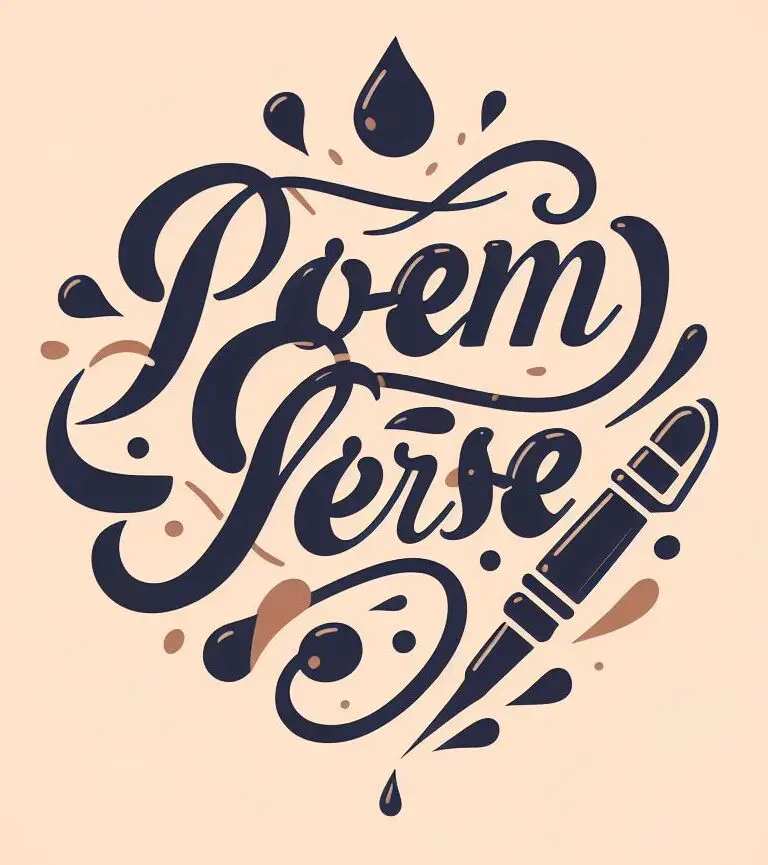Famous Poems about Being Biracial
Exploring Identity and Diversity through Poetry
Poetry has always been a powerful medium for expressing emotions, thoughts, and experiences. It allows writers to delve into complex and personal topics, such as race and identity. For those who are biracial, a blend of different cultures and backgrounds, poetry can be a transformative way to convey the unique challenges and beauty of their mixed heritage. In this article, we will explore some renowned poems that touch upon the theme of being biracial.
"Half-Caste" by John Agard
John Agard, an award-winning Afro-Guyanese poet, presents a thought-provoking perspective on biracial identity in his poem "Half-Caste." Through the use of humor and irony, Agard challenges the notion that being mixed-race makes a person incomplete or lesser. He questions the concept of purity in language and calls attention to the richness that arises from embracing multiple cultural influences.
Here are a few lines from the poem:
"Excuse me standing on one leg / I'm half-caste / Explain yuself / Wha yu mean / When yu say half-caste / Yu mean when picasso / Mix red an green / Is a half-caste canvas?"
This poem resonates with many biracial individuals who have faced questions about their identity and belonging. Agard's powerful words encourage readers to celebrate the diversity within themselves and challenge the limitations imposed by societal labels.
"What It's Like to Be a Black Girl (For Those of You Who Aren't)" by Patricia Smith
Patricia Smith, an African-American poet, explores the intersection of race and gender in her poignant poem, "What It's Like to Be a Black Girl (For Those of You Who Aren't)." Although not exclusively about being biracial, the poem touches upon the complexity of biracial experiences within the broader context of racial identity.
Here is an excerpt from the poem:
"It's being 9 years old and feeling like you're not finished, like your edges are wild, like there's something, everything, wrong / ... / It's dropping food coloring in your eyes to make them blue and suffering their burn in silence."
Smith's powerful words capture the struggles of biracial individuals who often feel caught between two worlds, navigating questions of self-acceptance and societal expectations. Her poem speaks to the internal conflicts faced by many biracial individuals as they search for their place in a world that often tries to categorize them.
"Ode to My Hair" by Mahogany L. Browne
Mahogany L. Browne, a contemporary poet, embraces the beauty and complexity of biracial identity in her empowering poem, "Ode to My Hair." The poem celebrates the versatility and significance of hair as a symbol of heritage and self-expression.
A few lines from the poem read:
"My curls are an ode to my father's mother / my kink is a memoir of mama's laughter / my waves are the heirlooms that travel from kin to kin."
Browne's words resonate with biracial individuals who often find their hair to be a bridge between different cultures and a representation of their unique blend of identities. The poem acknowledges the beauty and strength that arise from embracing all aspects of one's heritage, including physical attributes.
These poems offer a glimpse into the multifaceted experiences of being biracial. They illuminate the struggles, triumphs, and internal conflicts faced by individuals navigating a world that may try to define them based on their appearance or heritage. Through the power of poetry, writers like John Agard, Patricia Smith, and Mahogany L. Browne provide a platform for biracial individuals to express their identities and explore the beauty of their diverse heritage.
Poetry continues to be an essential tool for fostering understanding, empathy, and appreciation for the complexities of human experience. These poems remind us of the importance of embracing diversity and celebrating the richness that arises when different cultures intersect.

Entradas Relacionadas